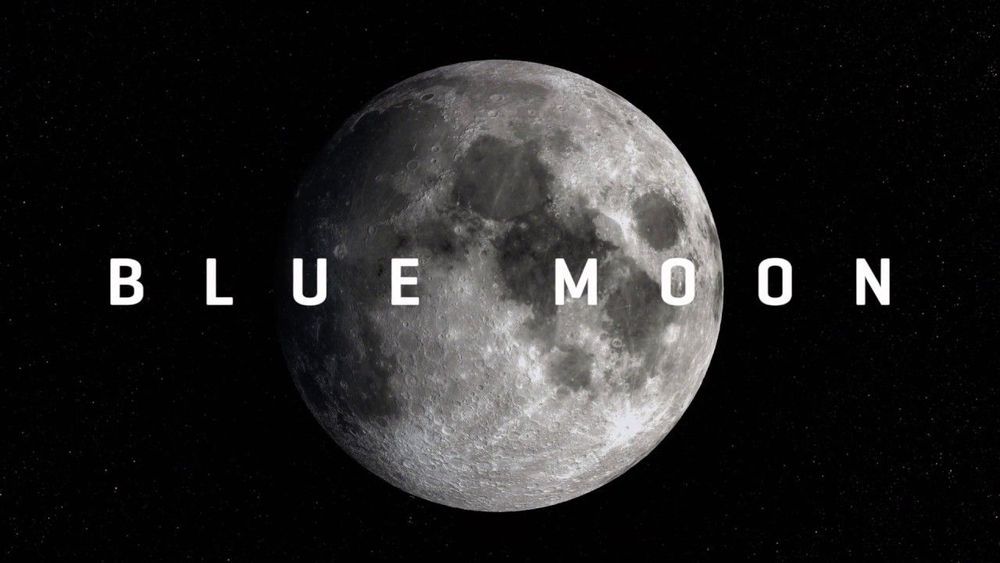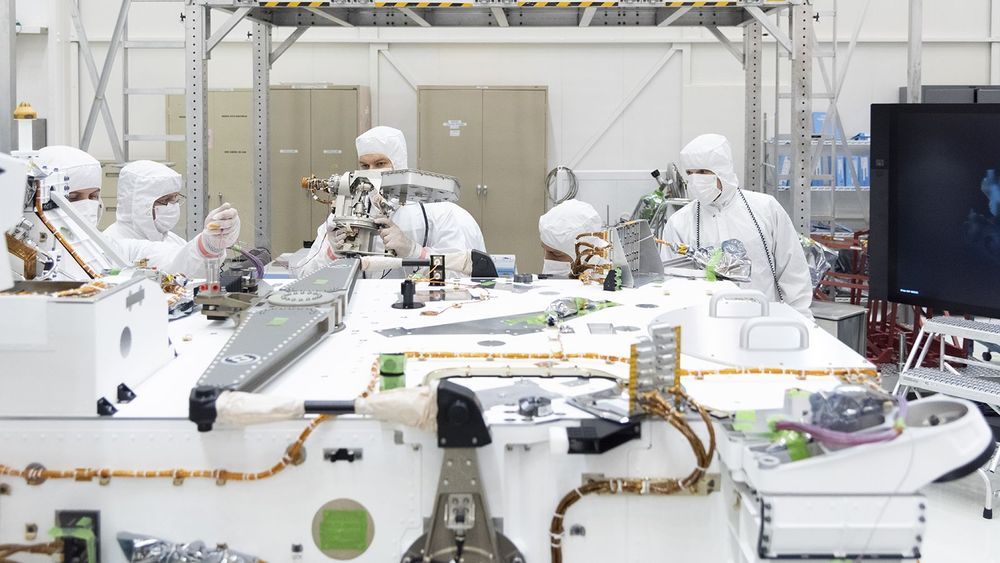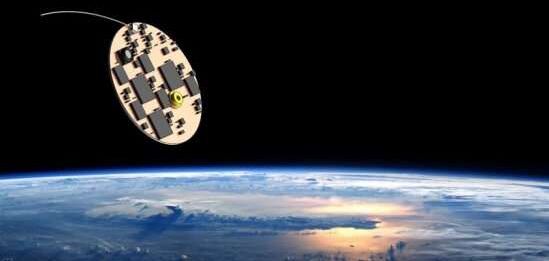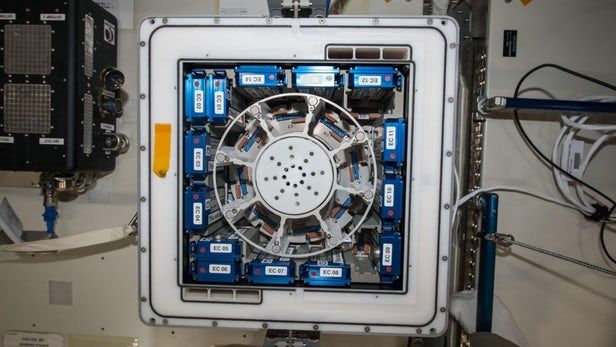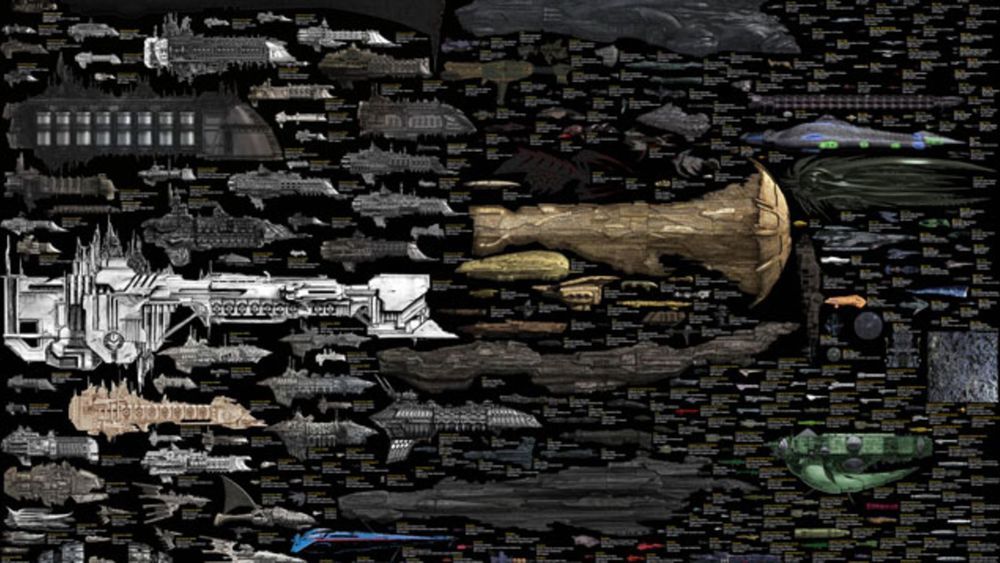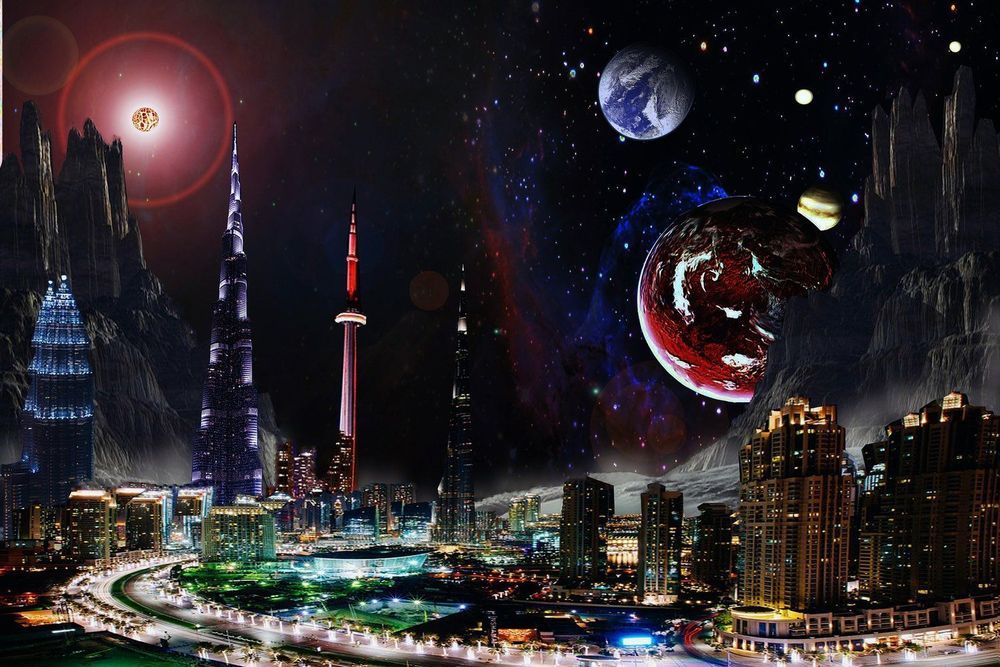NASA is warning that meteors pose a major threat to Earth, so agencies are already testing out ways to defend against them by using lasers or by ramming spacecraft into them.
During a conference last week, NASA administrator Jim Bridenstine explained that not taking meteors seriously could have catastrophic consequences. In 2013, a 20-metre meteor exploded over Russia and the sonic boom caused windows and glass to shatter, injuring more than 1,000 people.
That relatively small meteor contained more than 30 times the energy of the atomic bomb the United States dropped on Hiroshima during the Second World War.
Read more

